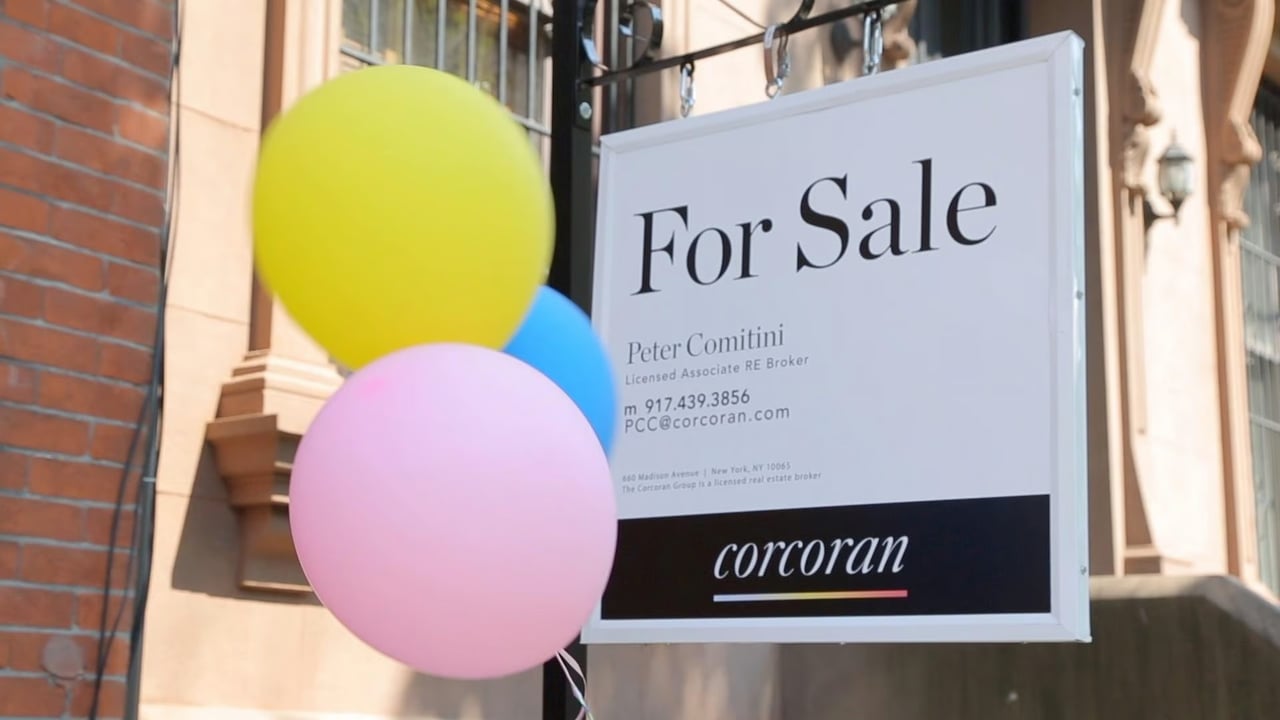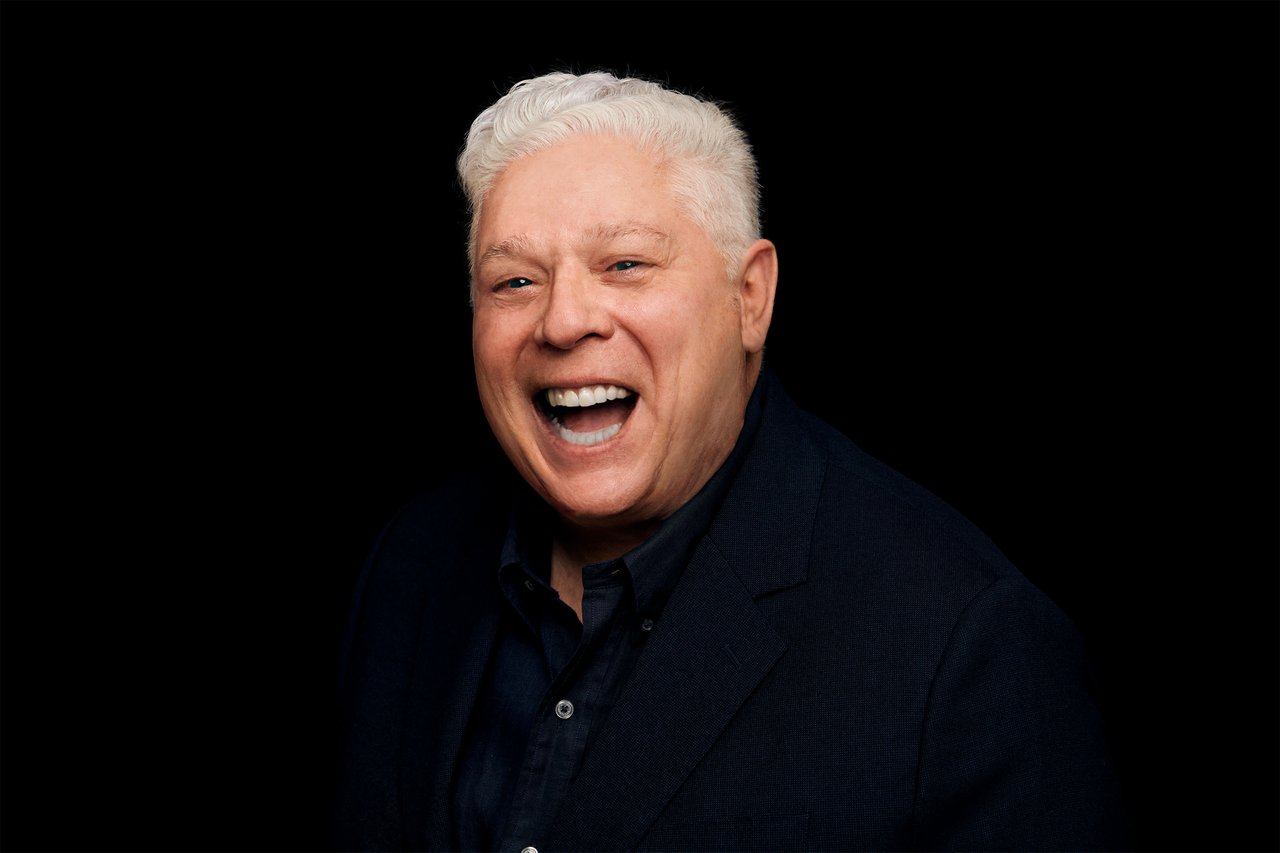11,958 people live in Tribeca & Soho, where the median age is 39 and the average individual income is $168,575. Data provided by the U.S. Census Bureau.
Total Population
Median Age
Population Density Population Density This is the number of people per square mile in a neighborhood.
Average individual Income
Tribeca & Soho has 6,499 households, with an average household size of 2. Data provided by the U.S. Census Bureau. Here’s what the people living in Tribeca & Soho do for work — and how long it takes them to get there. Data provided by the U.S. Census Bureau. 11,958 people call Tribeca & Soho home. The population density is 46,426.599 and the largest age group is Data provided by the U.S. Census Bureau.
Total Population
Population Density Population Density This is the number of people per square mile in a neighborhood.
Median Age
Men vs Women
Population by Age Group
0-9 Years
10-17 Years
18-24 Years
25-64 Years
65-74 Years
75+ Years
Education Level
Total Households
Average Household Size
Average individual Income
Households with Children
With Children:
Without Children:
Marital Status
Blue vs White Collar Workers
Blue Collar:
White Collar:
A buyer's first impression is made within seconds, whether viewing your home online or stepping through the door. These moments shape how they perceive its value. We curate the entire experience to make your home stand out, increasing its appeal and helping it sell faster and for a higher price.


Whether you're a first-time buyer or trading multimillion-dollar properties, we want to be your partner in fulfilling the promise of home. We bring deep expertise about neighborhoods, values, and market dynamics to help inform your decisions. It's a privilege to take that journey with you. See our Buyer’s Guide about some of the basics.

"For two decades, I've guided clients through the ins and outs of NYC real estate by offering boutique service, customized marketing, and the expertise to get your deal done. Learn more by exploring my site and book a call below"
—Peter Comitini
"For two decades, I've guided clients through the ins and outs of NYC real estate by offering boutique service, customized marketing, and the expertise to get your deal done. Learn more by exploring my site and book a call below to begin your journey"
—Peter Comitini